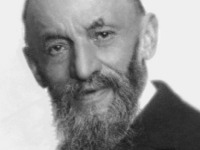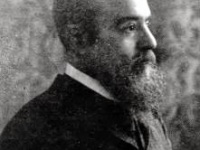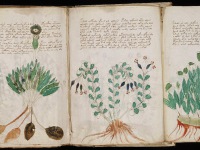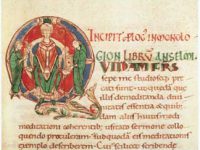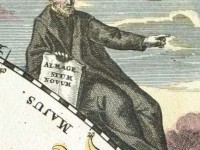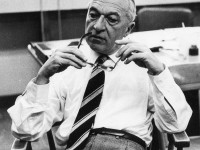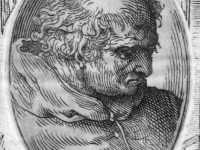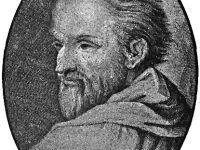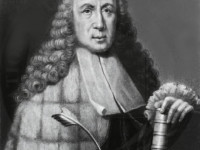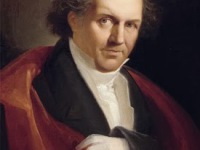Giuseppe Peano and the Axiomatization of Mathematics
On August 27, 1858, Italian mathematician and philosopher Giuseppe Peano was born. He is the author of over 200 books and papers, and is considered the founder of mathematical logic and set theory. The standard axiomatization of the natural numbers is named the Peano axioms in his honor. These axioms have been used nearly unchanged in a number of metamathematical investigations, including research into fundamental questions of consistency and completeness of number…
Read more

